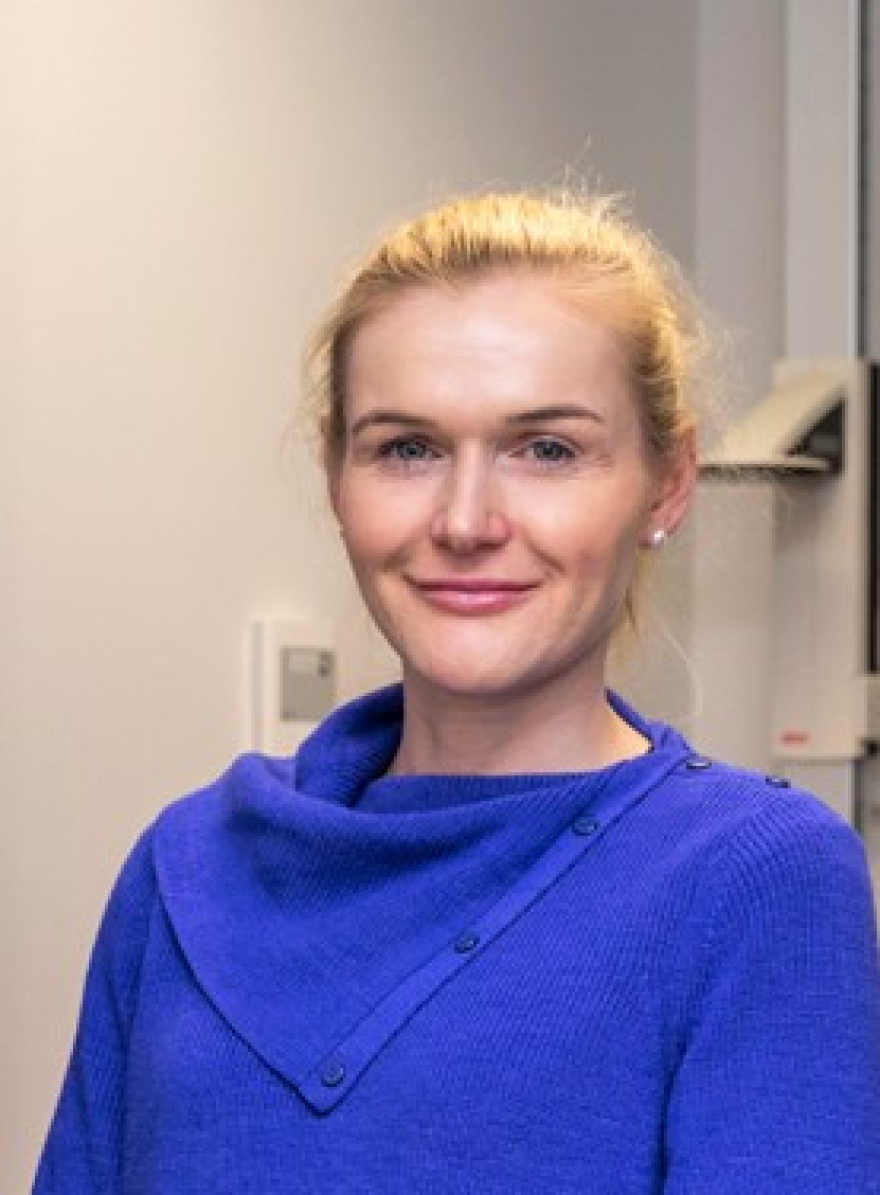The SToP-C project is a world-first study which offers significant opportunities to halt the transmission of HCV in prisons through delivery of simple, effective new therapies. This model represents a potential strategy to reduce the burden of liver disease and improve the safety of the prison population and staff. If the SToP-C project is successful in demonstrating significant reduction in HCV incidence, it is envisaged this model could be implemented in prisons across NSW, Australia and internationally.
There is a close relationship between injecting drugs, imprisonment and hepatitis C virus (HCV) infection. Almost half of all Australian prison inmates report injecting drug use. The overall HCV prevalence in prisons is 30%, and 60% among those who inject drugs. There is currently a lack of effective strategies to prevent transmission of HCV. Antiviral therapy has been shown to be effective in prevention of HIV. This strategy could potentially be applied to HCV, given recent therapeutic advances. HCV treatment with interferon-free directly acting antiviral (DAA) regimens is both curative and circumscribed in duration – two key features which hold great promise for the potential effectiveness of HCV treatment as prevention.
Correctional centres represent a significant public health opportunity to assess the feasibility of HCV treatment as prevention with the aim of reducing the spread of HCV in the correctional and community settings. The SToP-C project is evaluating the feasibility and impact of a rapid scale-up of HCV treatment with interferon-free DAA therapy on the incidence of HCV infection in NSW correctional centres. An implementation framework and toolkit is being developed to facilitate translation to other jurisdictions.
The SToP-C study is being conducted at four NSW correctional centres and consists of the following components:
- Surveillance of HCV incidence and prevalence: a prospective longitudinal cohort with regular cross-sectional surveys of prisoners and blood borne virus screening
- Mathematical modelling: surveillance data will be used to model the number of prisoners requiring treatment to demonstrate a significant reduction in incidence, and the potential epidemiological impact of treatment as prevention
- Treatment: 12 weeks of sofosbuvir/velpatasvir for all prisoners with HCV infection
- Cost effectiveness and budget impact of a HCV treatment as prevention program will be evaluated
- Qualitative research with key stakeholder groups will identify potential factors which facilitate or hinder a treatment as prevention program.
The surveillance phase of the project commenced in late 2014. The treatment scale-up phase will be introduced in the four participating correctional centres from 2017. The estimated project completion date is 2019.
- Australian Government Department of Health and Ageing through a National Health and Medical Research Council (NHMRC) Partnership Project Grant (APP1092547)
- Gilead Sciences

